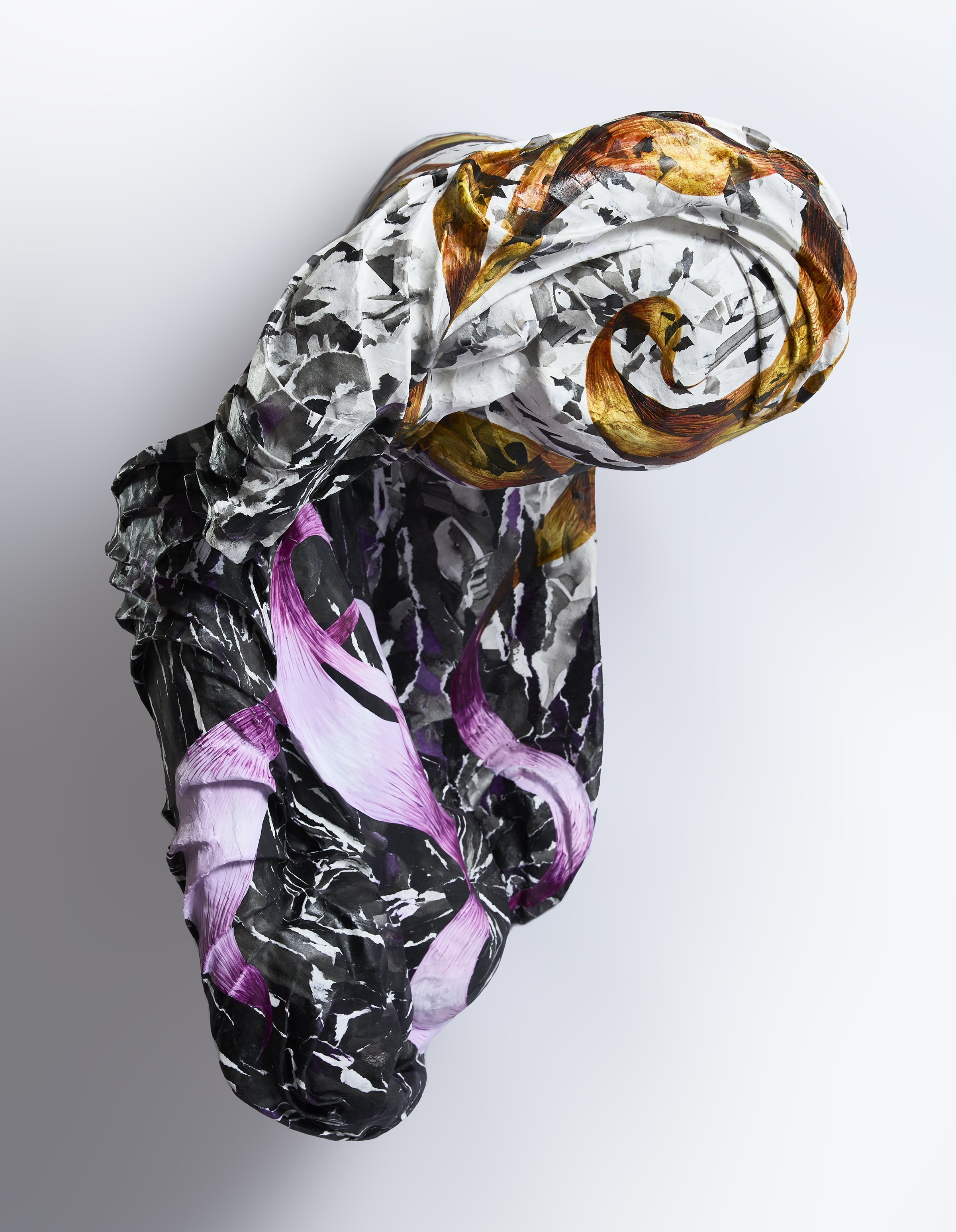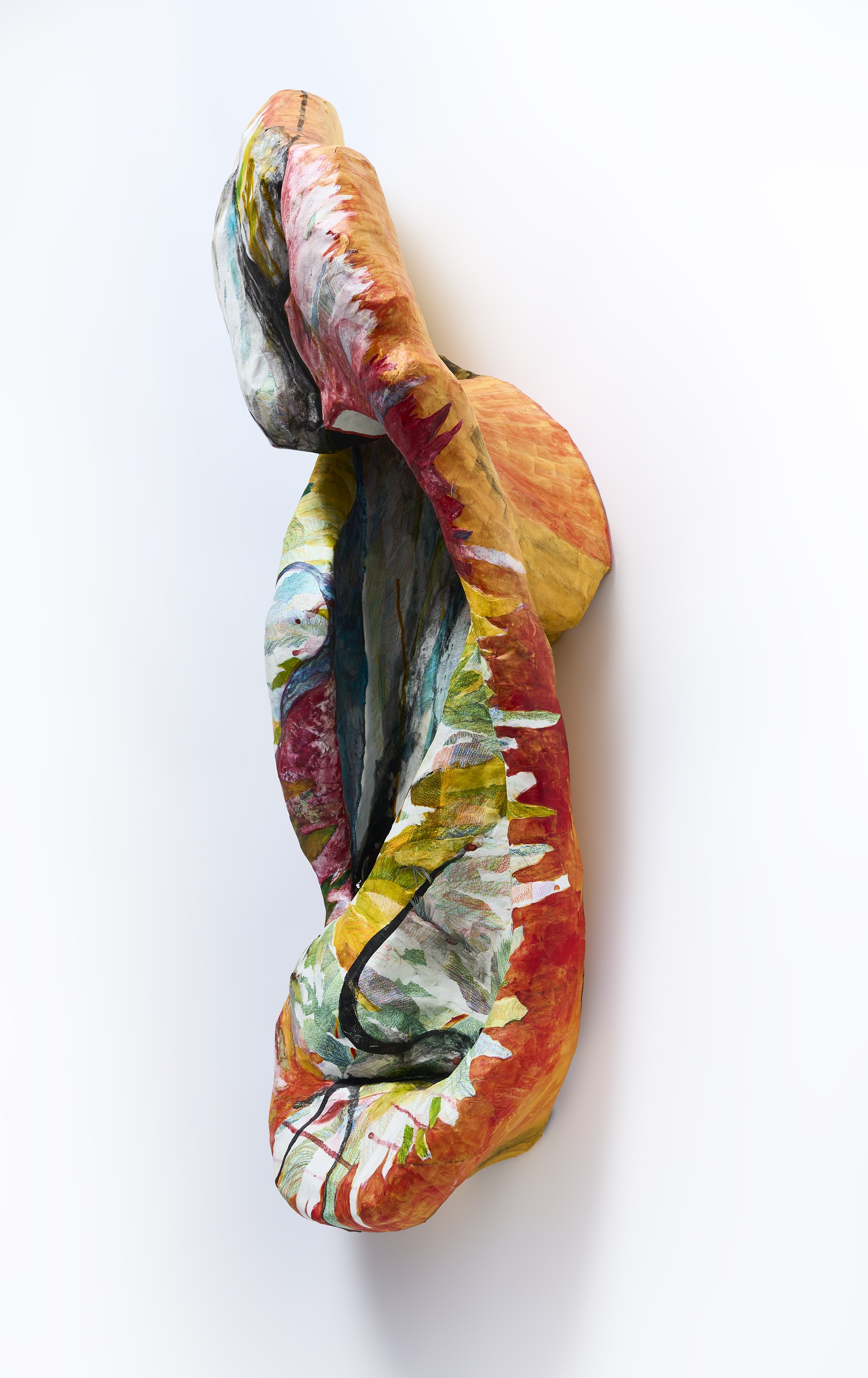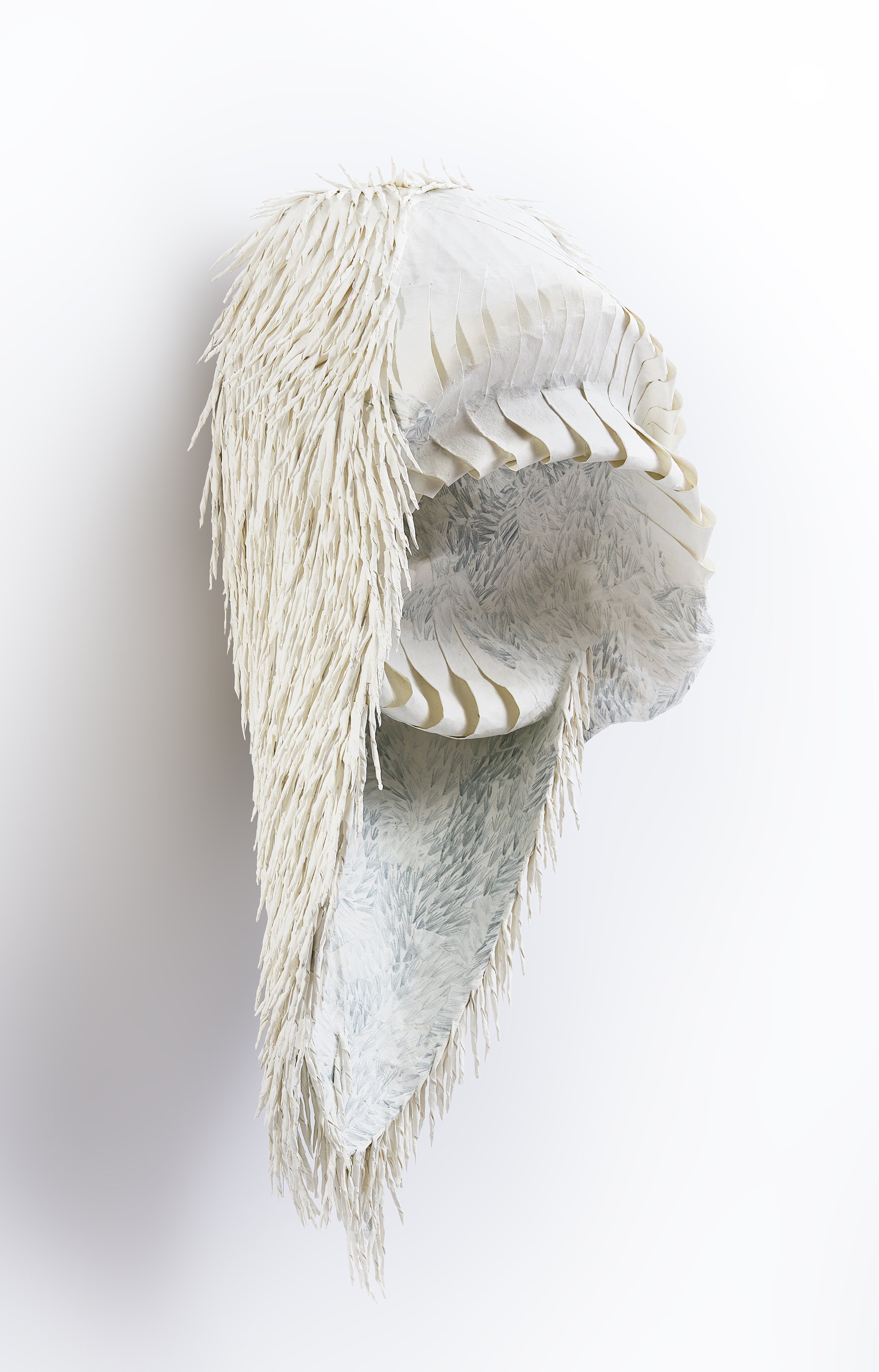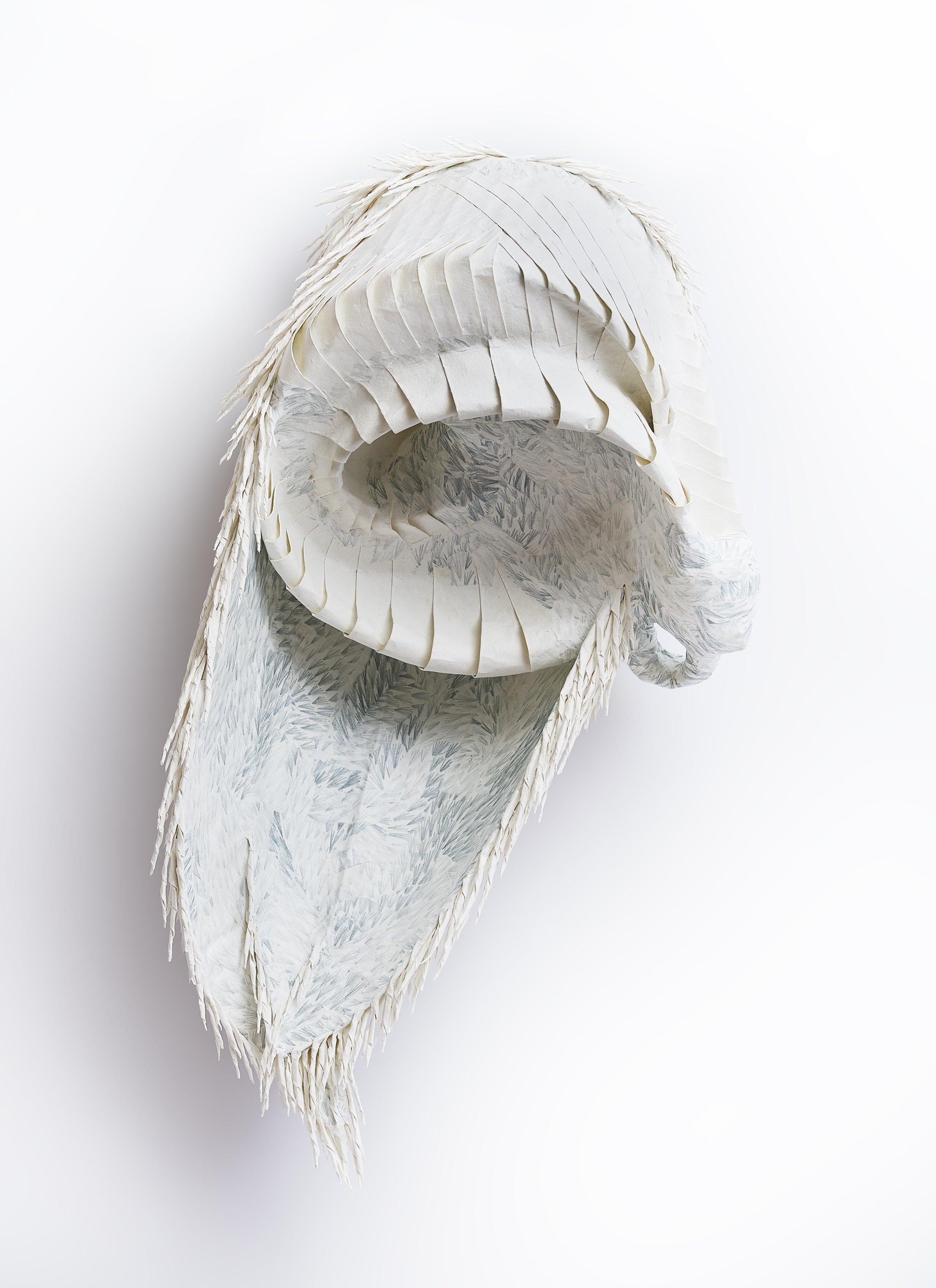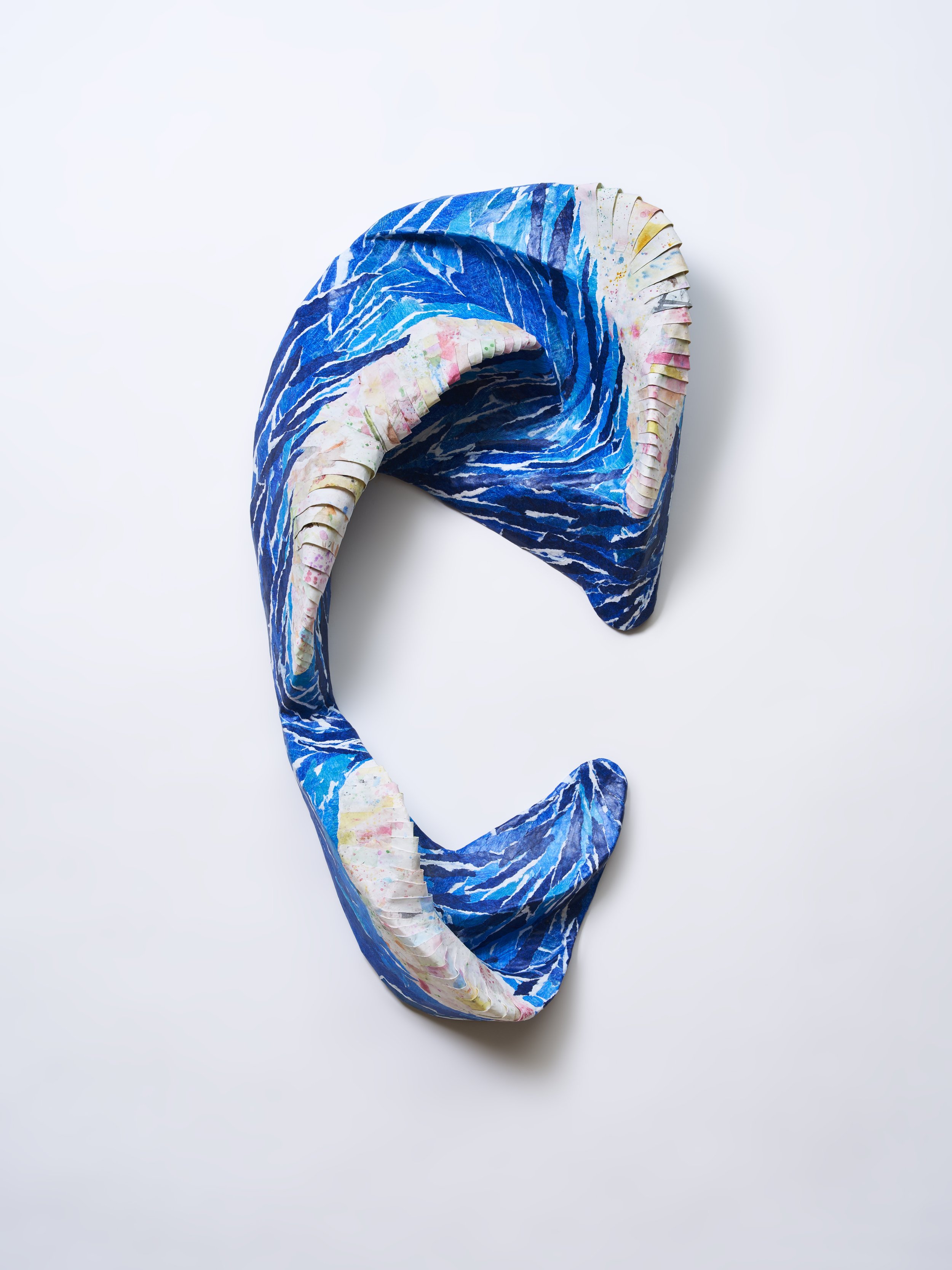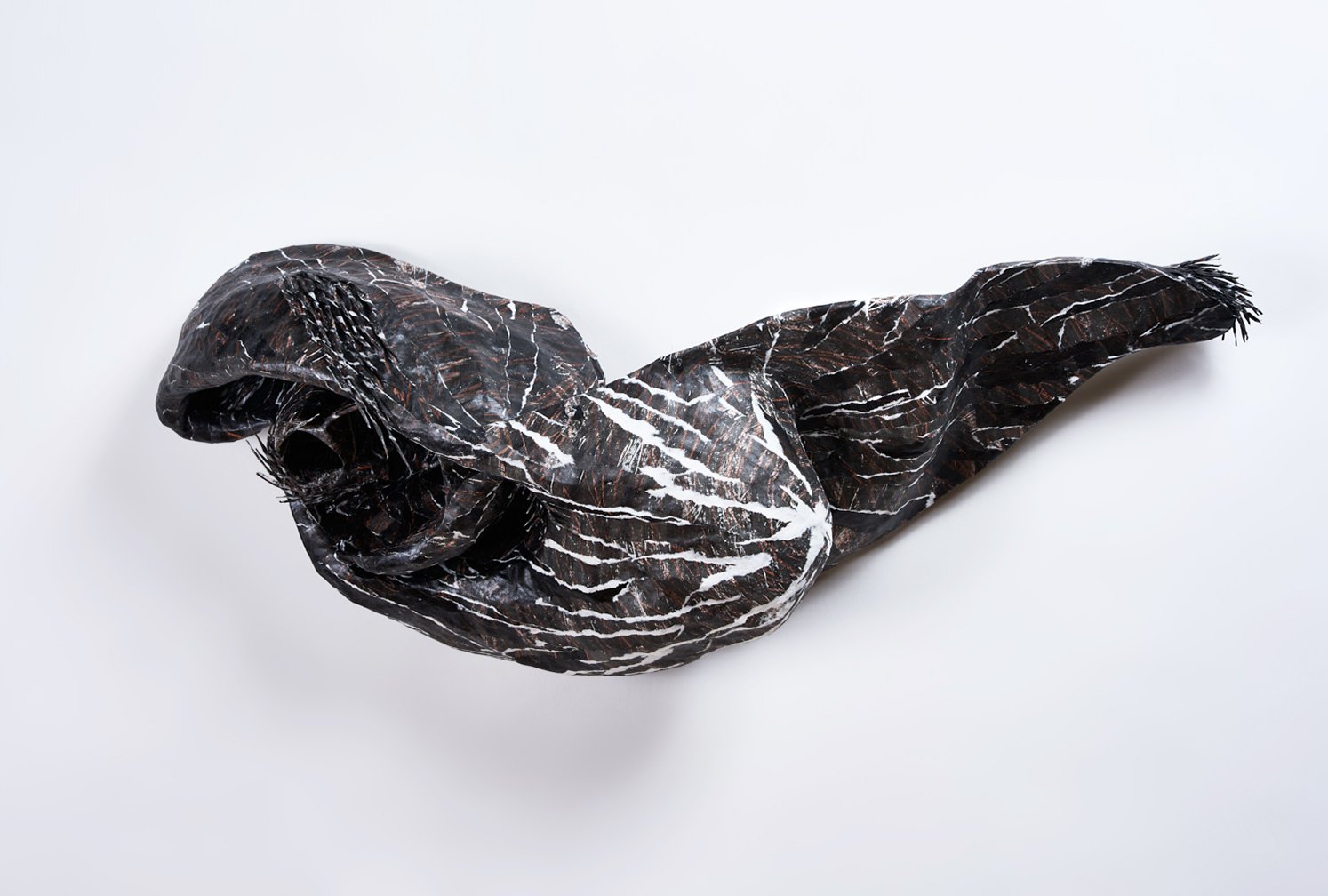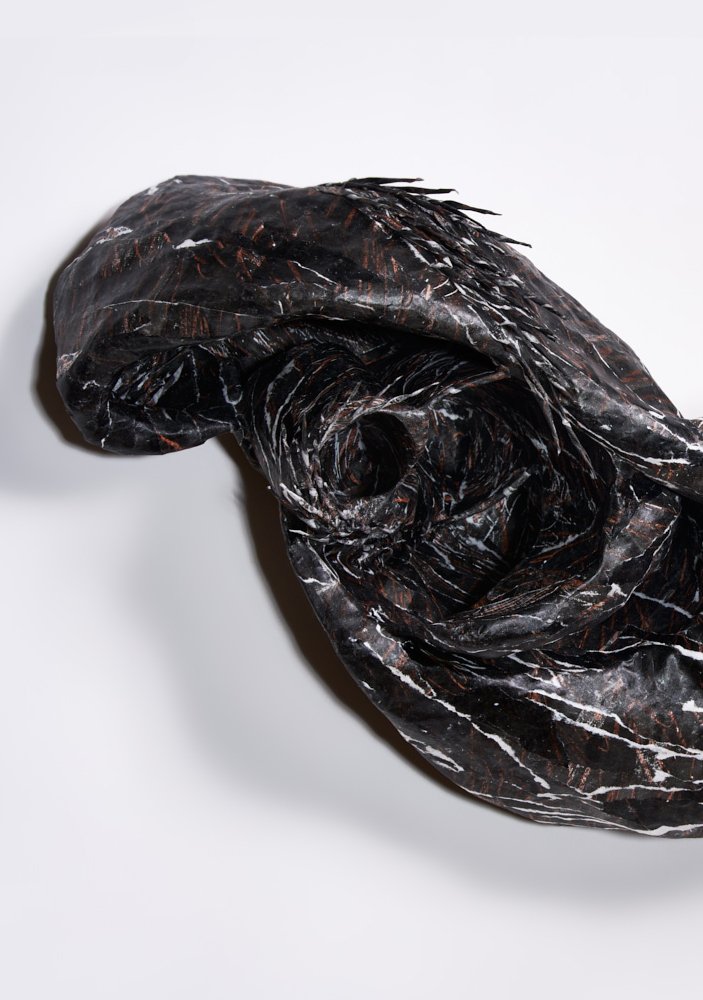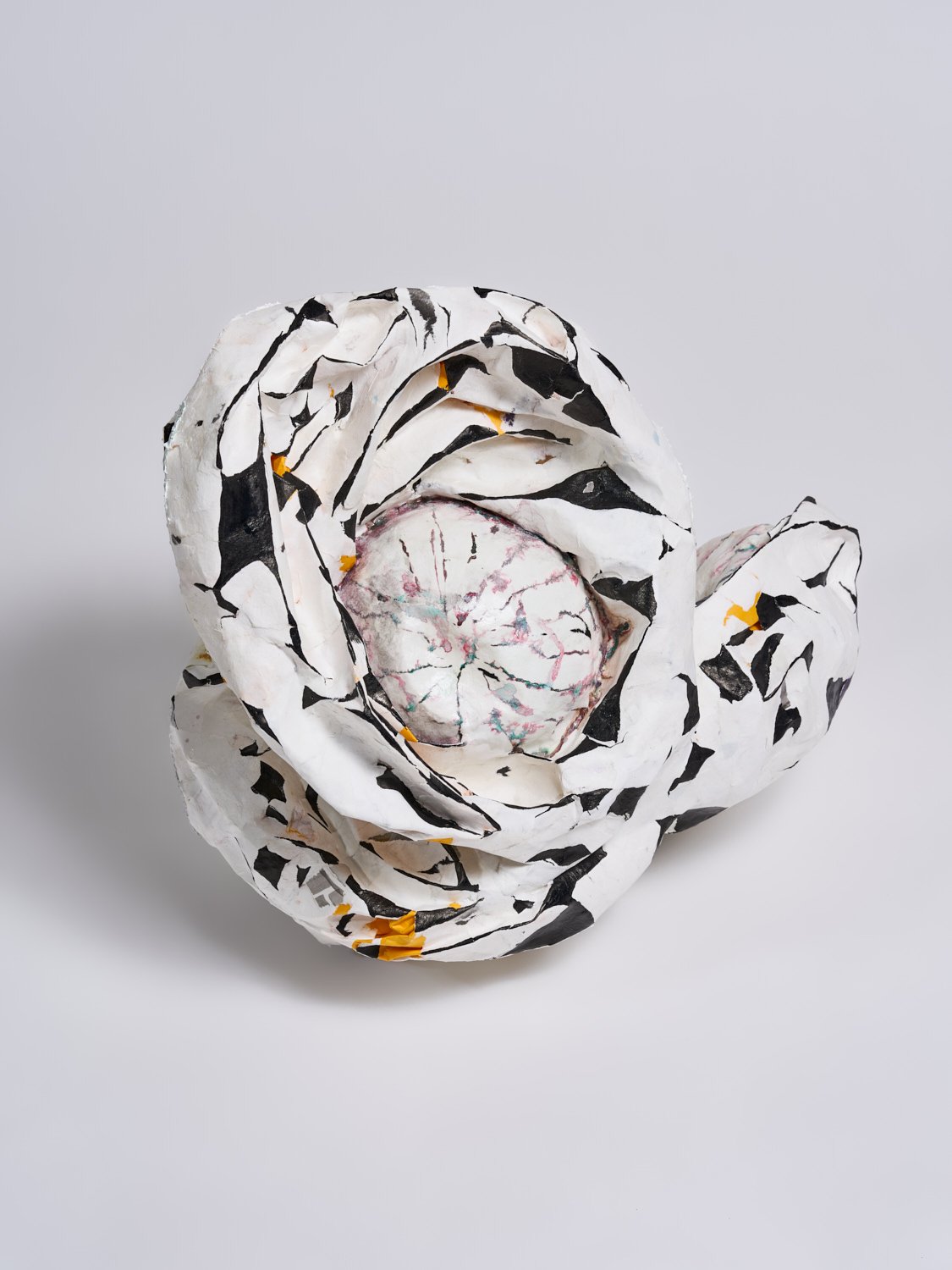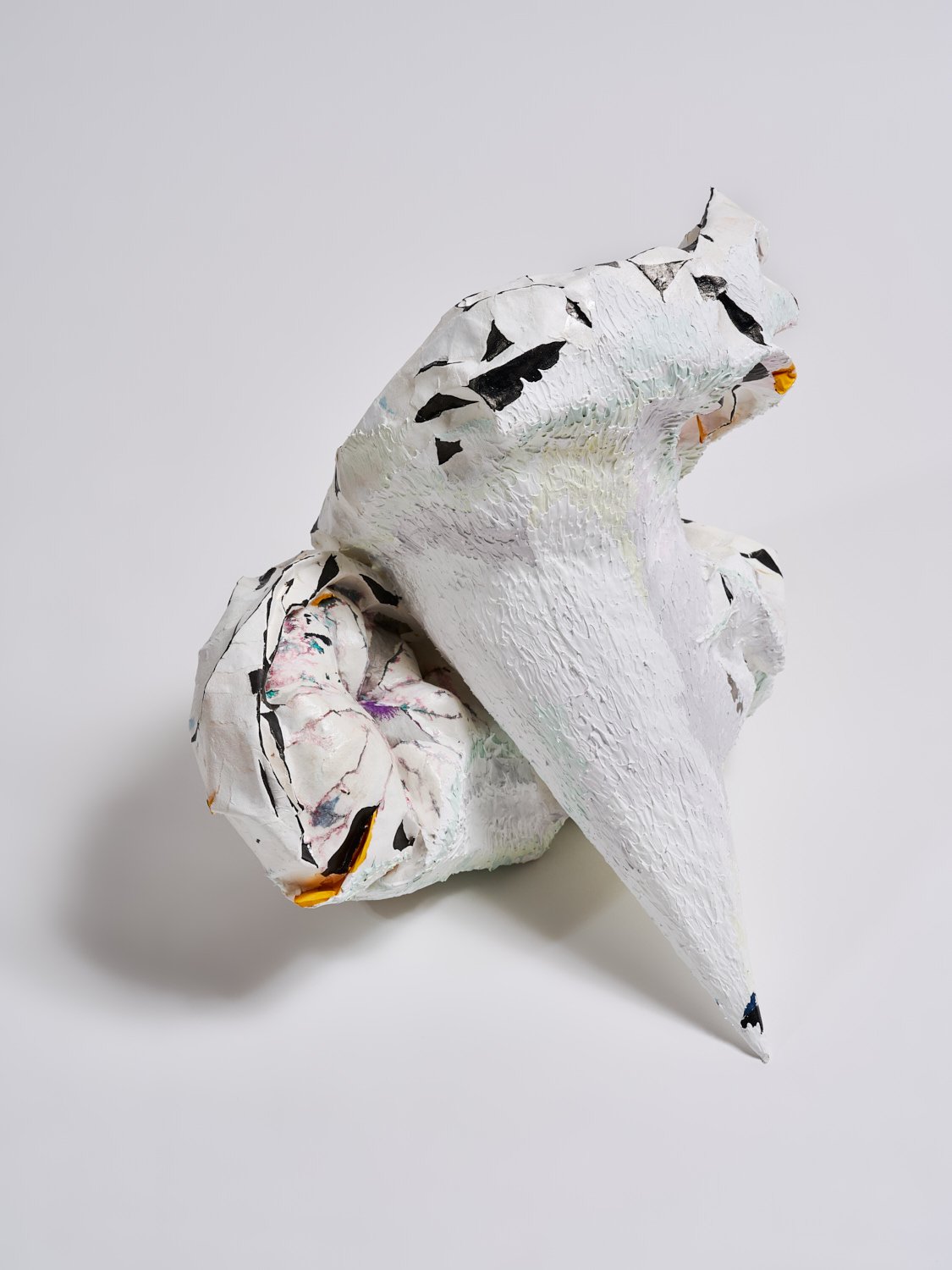Paper Caves
I’ve been thinking a lot about the mechanics of listening.
Mechanics sounds more technical than it actually is, it’s more that I’ve been visualizing how sound travels from its location outside my head to the part of my brain where I can hear it. I imagine a single sound ping-ponging around the folds of my ear until it eventually gets sucked down the canal. I see it swirling around and around, like a penny at a coin donation funnel at the mall, until it finally drops into my hard, echoey skull. Hairs like spring loaded piano keys fling it back and forth until it’s taken up to the brain by a pneumatic tube.
Clearly, I’ve done zero research into how hearing actually works. This is purely an aesthetic inquiry, rooted in a world of primitive technologies and Rube Goldberg-esq contraptions. These naive visualizations are the foundation of my cardboard and paper caves.
I recently learned the origin of the word grotesque. The grotto: a place for spiritual contemplation. But also, the underground rooms of ancient Rome, painted with swirling, ornamental flourishes. Thanks to a series of mistranslations, grotesque has anchored itself like a barnacle to disgust; but, buried inside (etymologically speaking) is a beautifully decorated, sinking void.
The surfaces of these caves are wallpapered with torn bits of neglected drawings, student discards, junk mail and other sundry fragments. Paper mâchéd, hollow forms; each one a grotto, a mini architecture, devoted to the aesthetics of one, singular sound.

